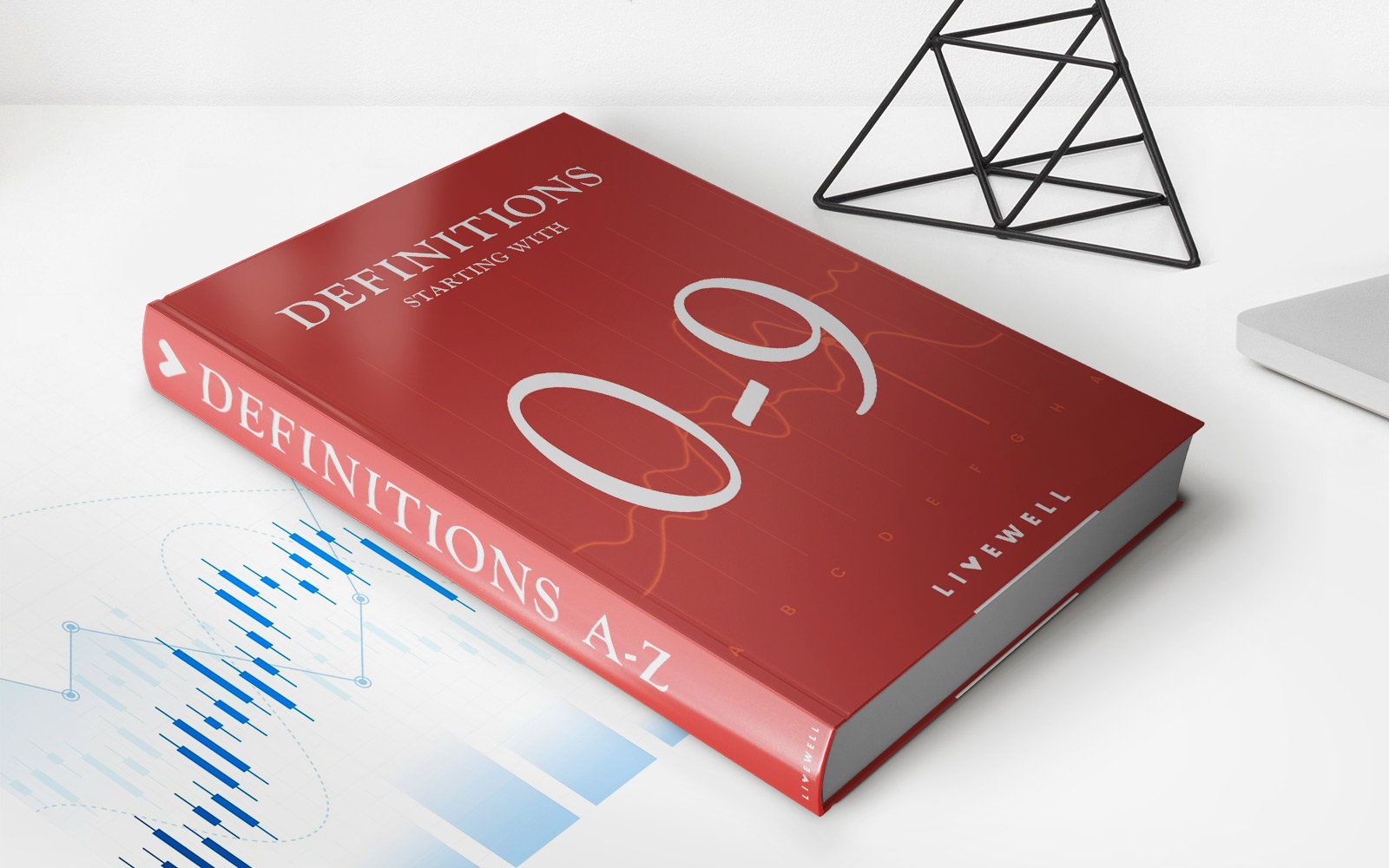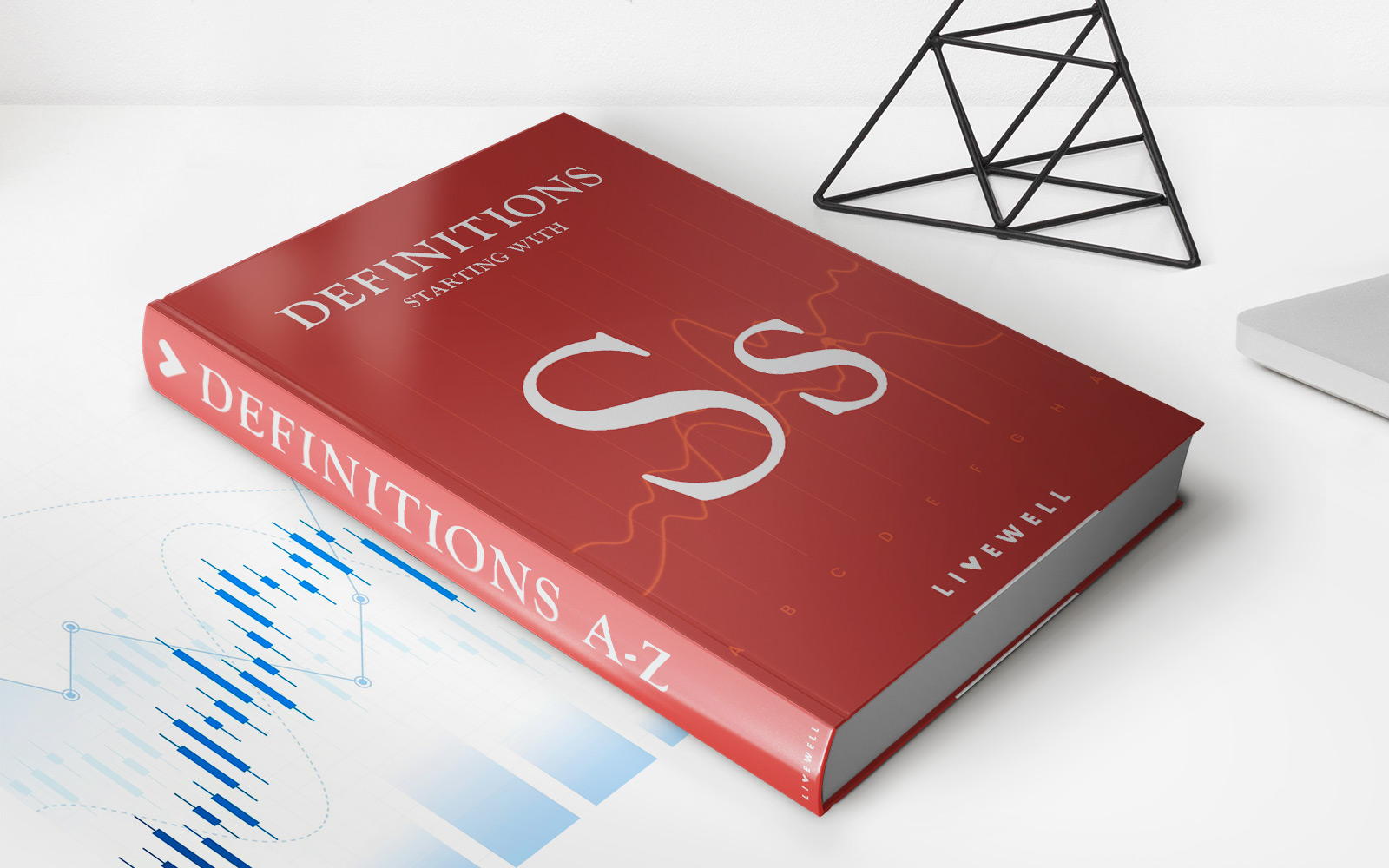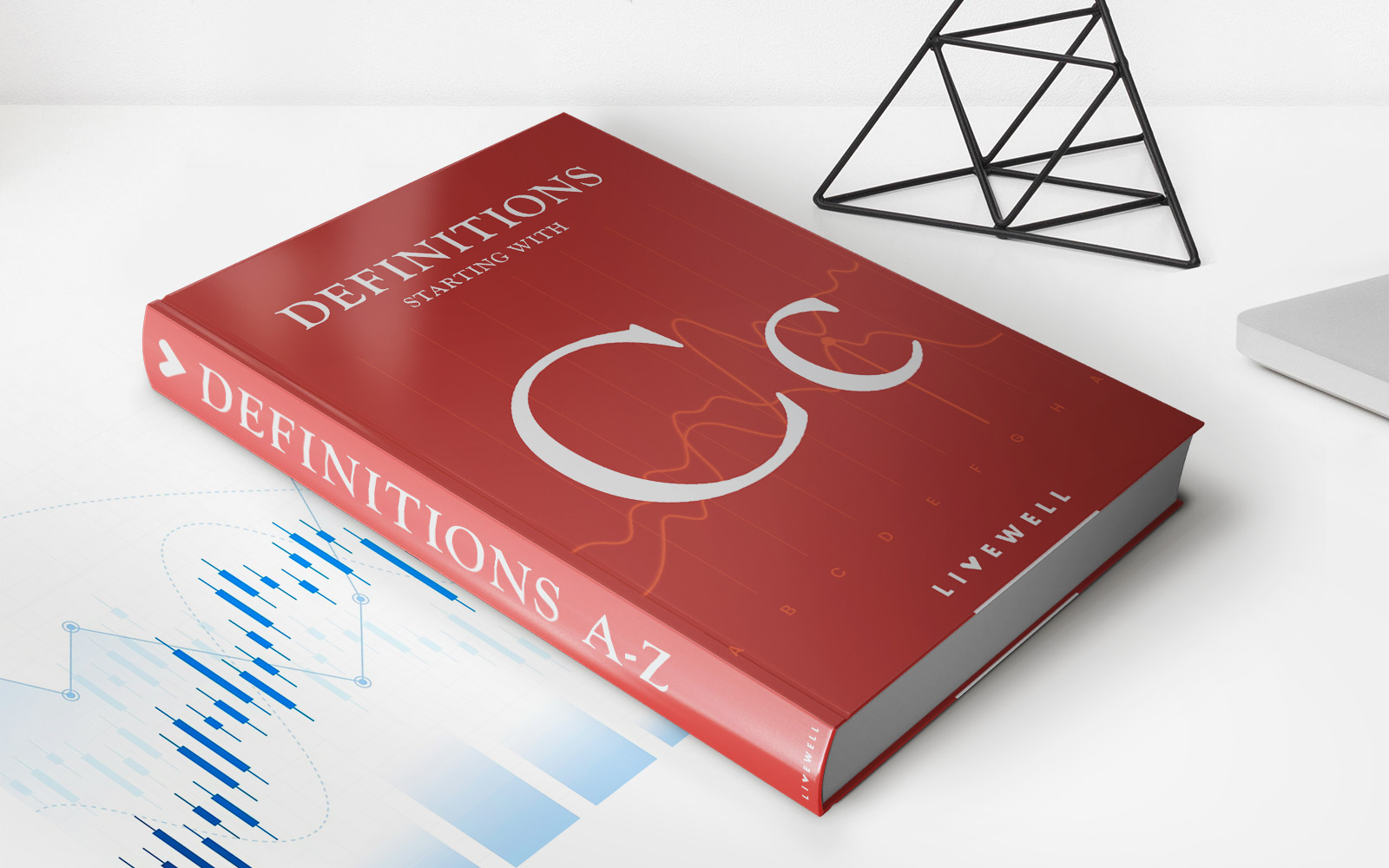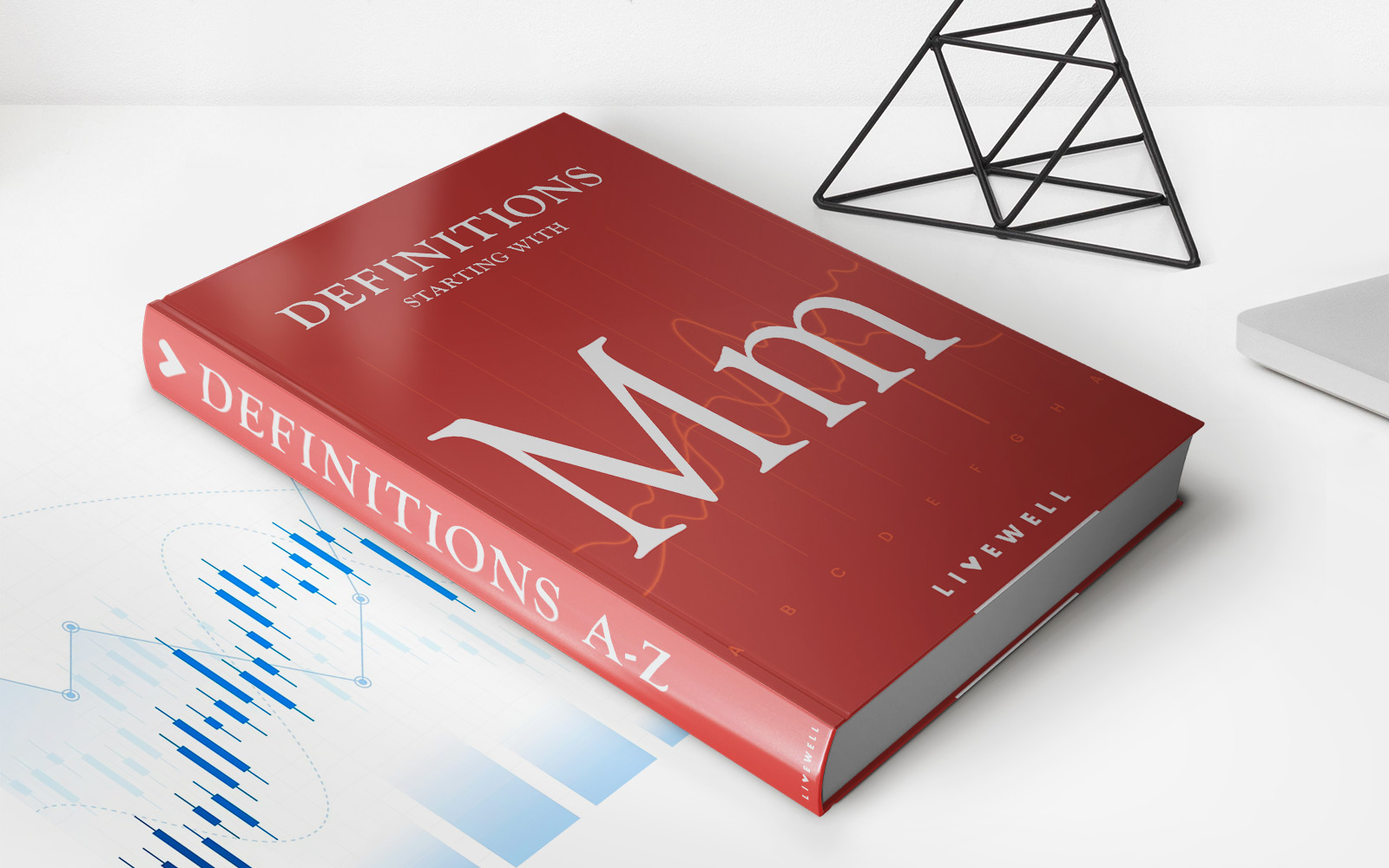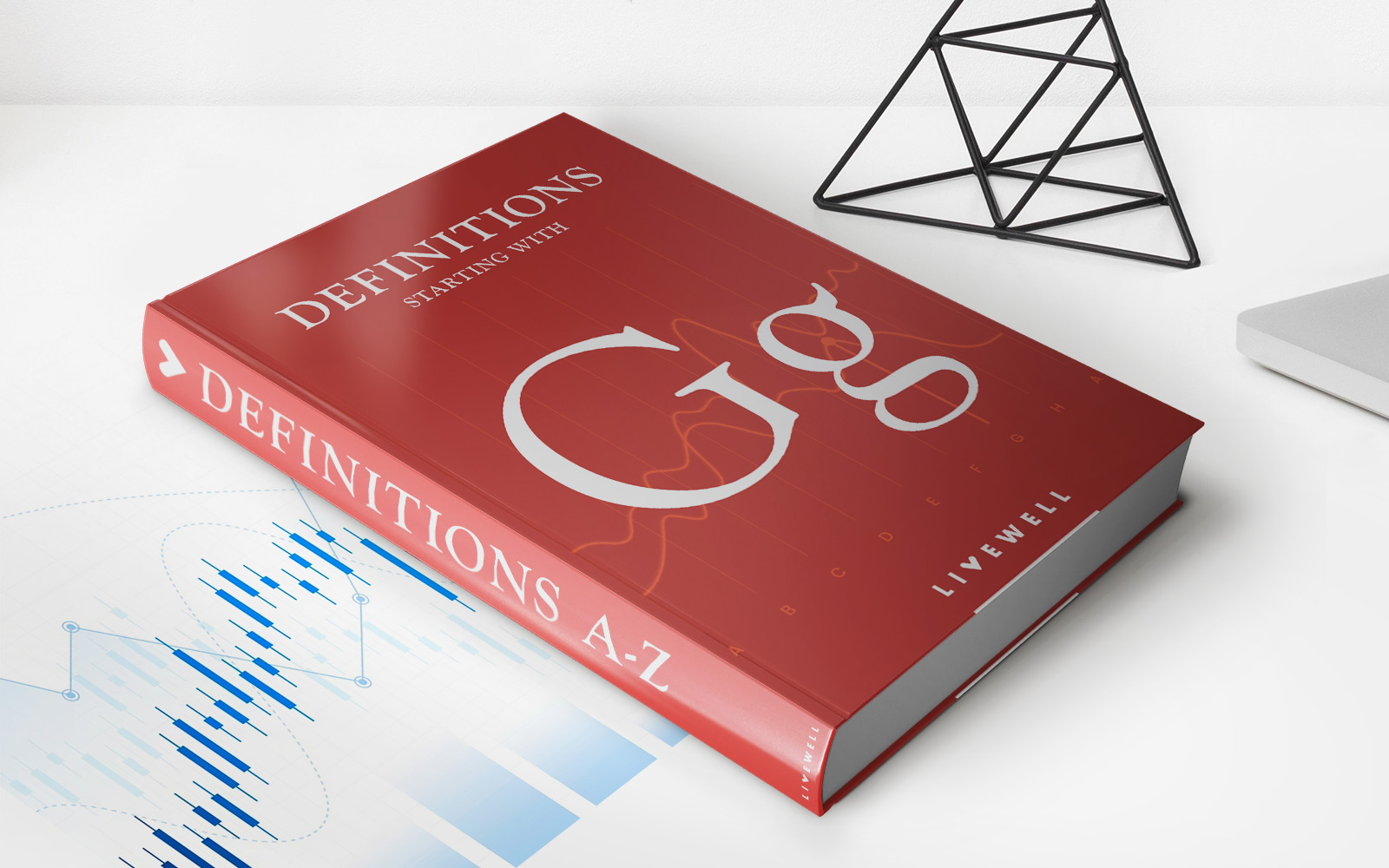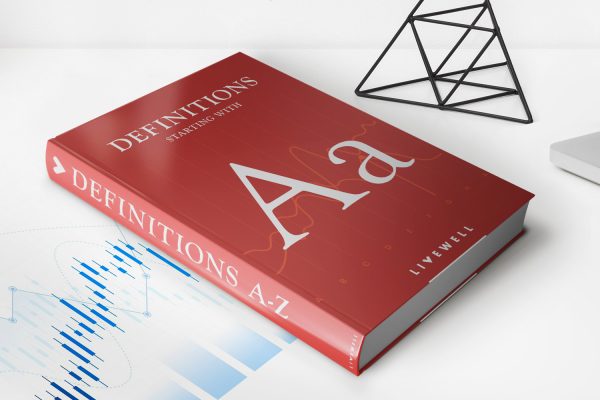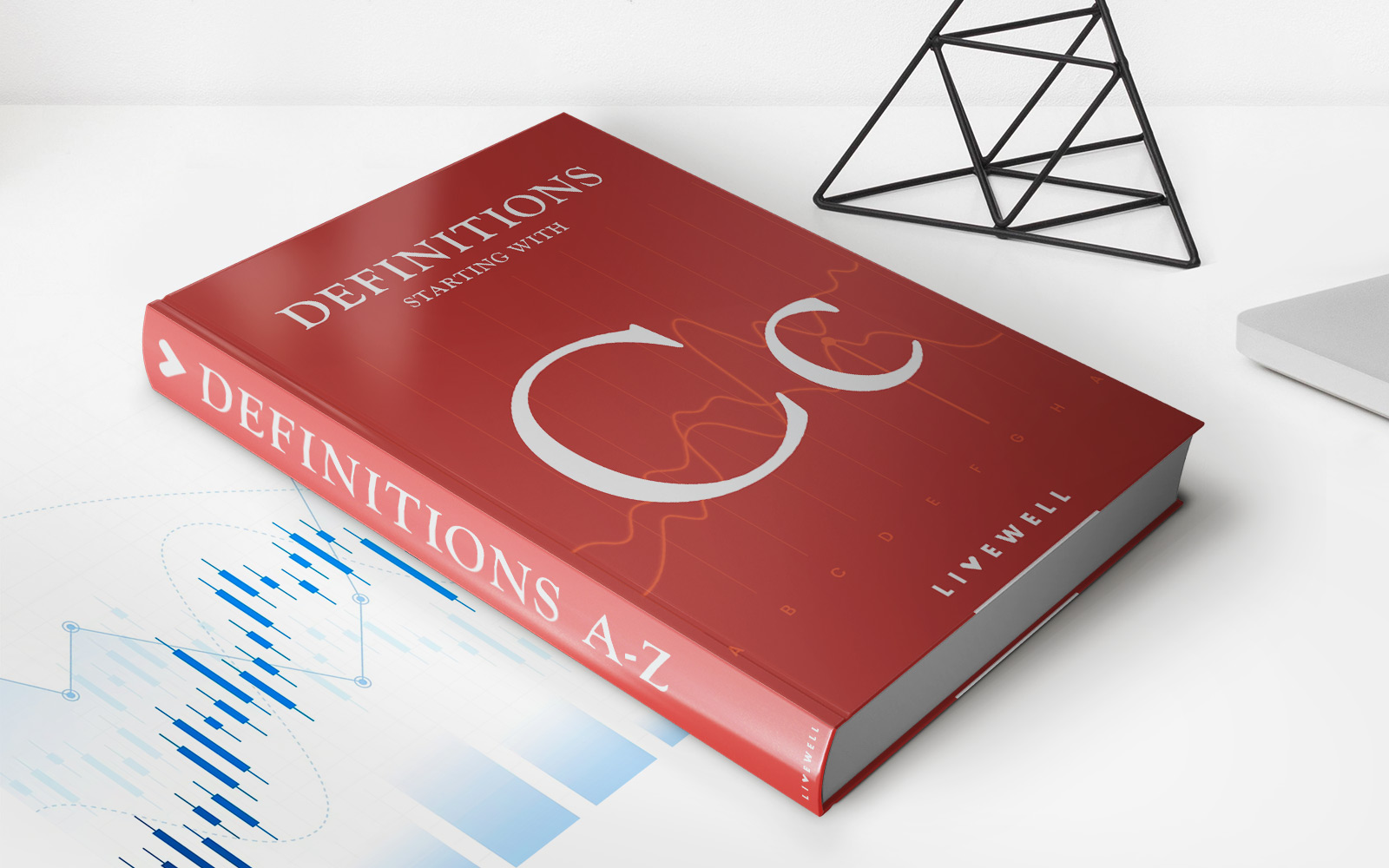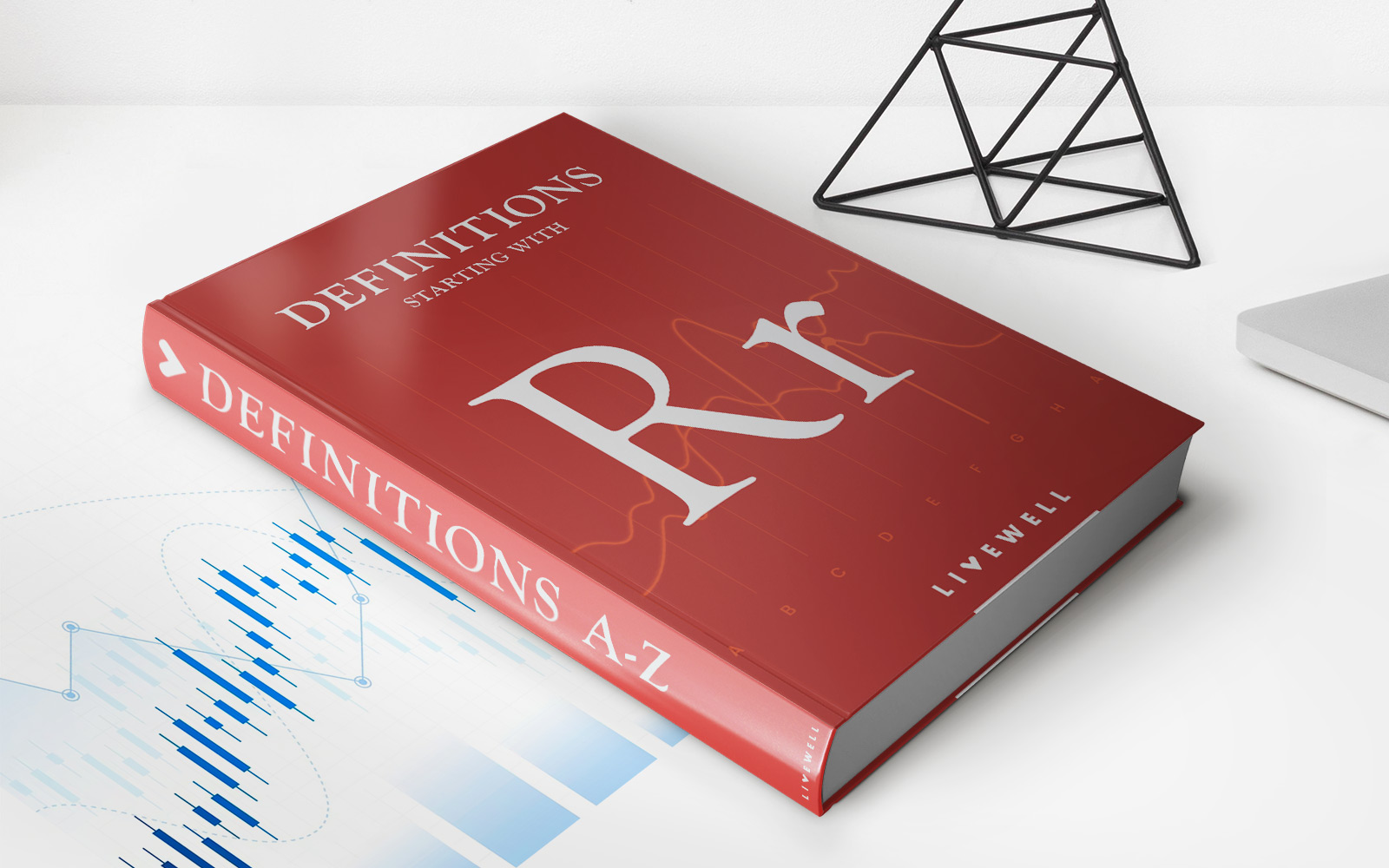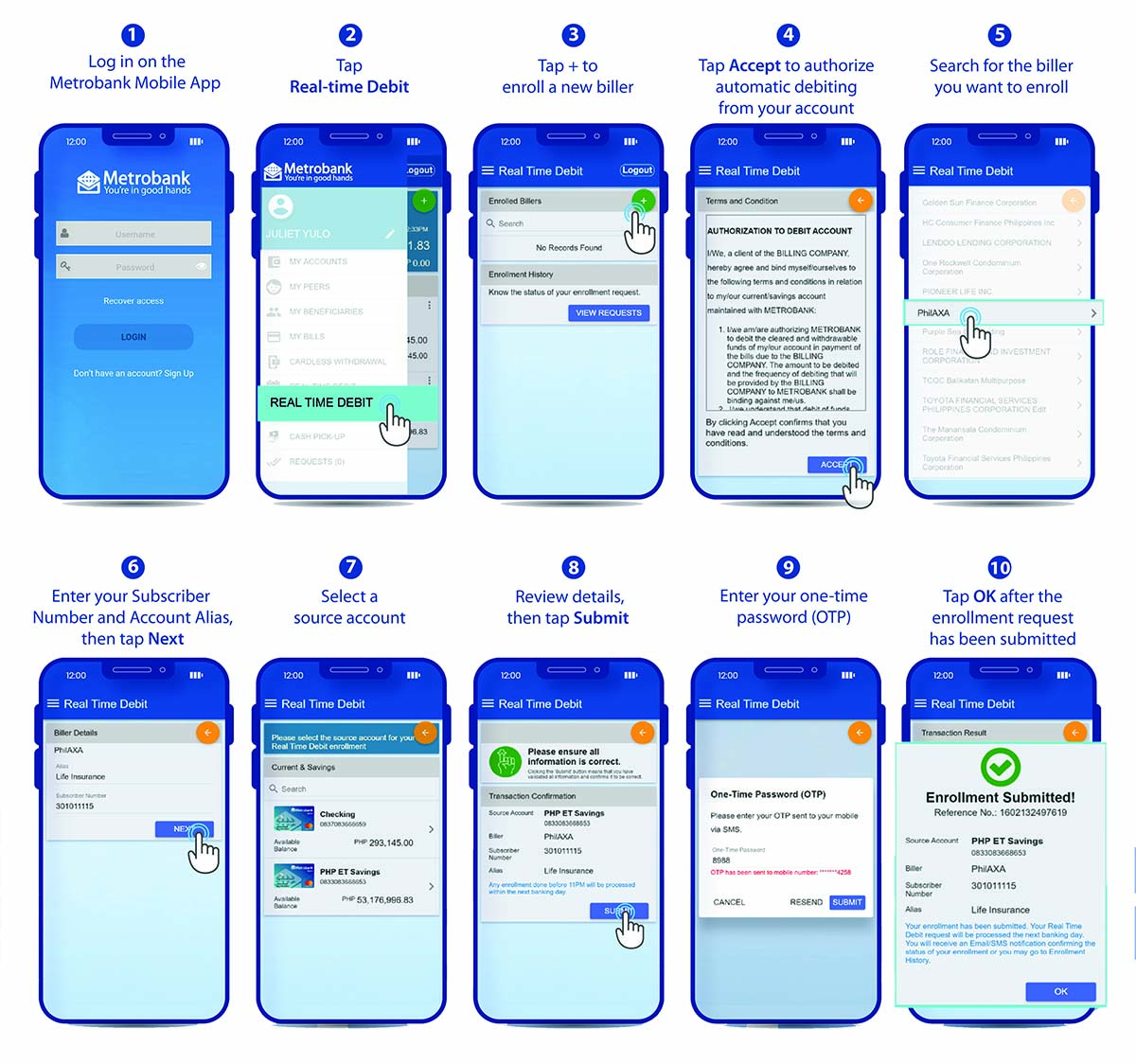Home>Finance>Roth IRA Conversion: Definition, Methods, And Example
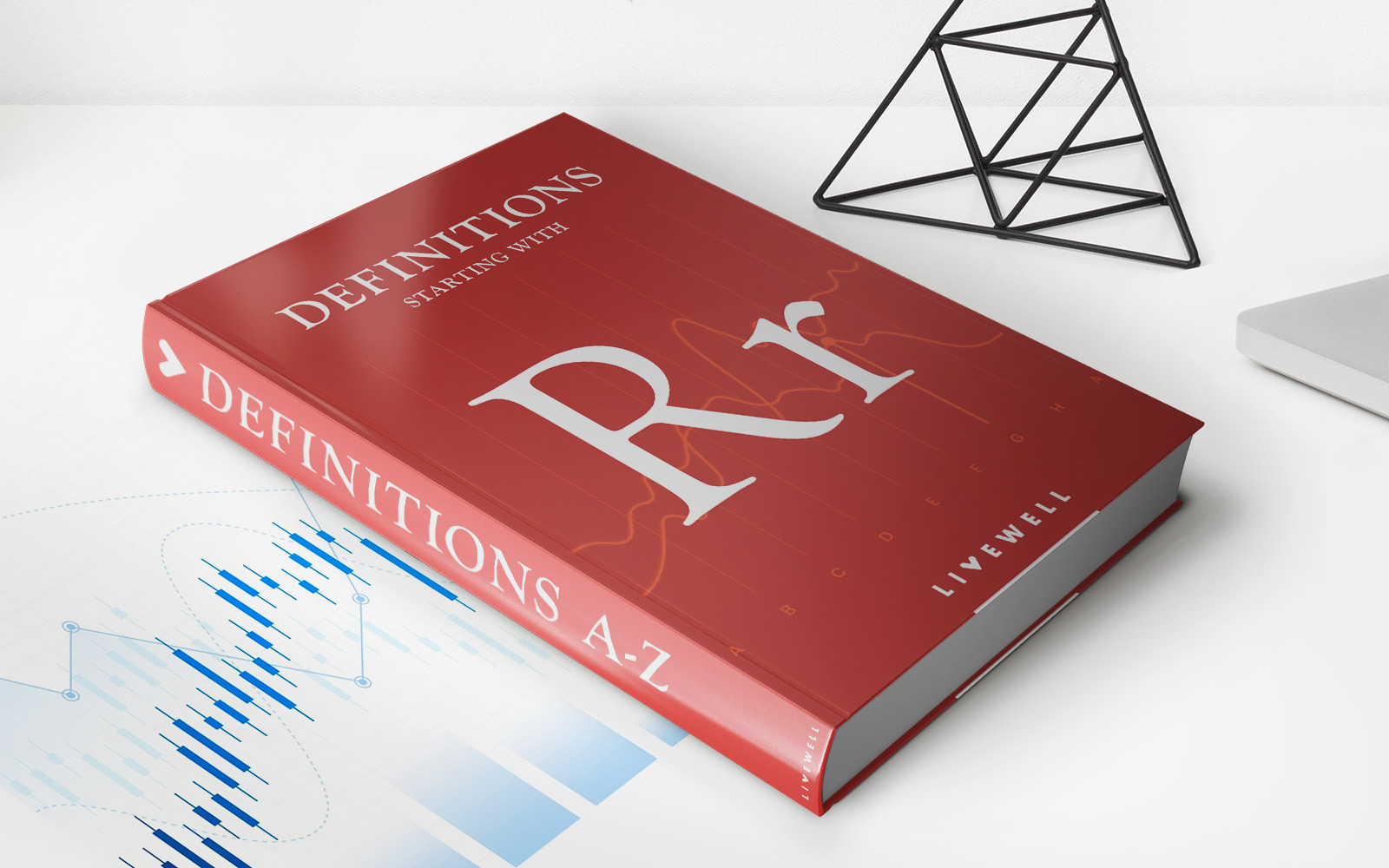

Finance
Roth IRA Conversion: Definition, Methods, And Example
Published: January 22, 2024
Learn about the definition, methods, and example of Roth IRA conversion in finance. Maximize your retirement savings with this tax-efficient strategy.
(Many of the links in this article redirect to a specific reviewed product. Your purchase of these products through affiliate links helps to generate commission for LiveWell, at no extra cost. Learn more)
Understanding Roth IRA Conversion: A Guide to Maximizing Retirement Savings
Are you looking for ways to maximize your retirement savings? If so, you may have come across the concept of a Roth IRA conversion. But what exactly is a Roth IRA conversion, and how can it benefit you? In this article, we’ll provide a comprehensive guide to Roth IRA conversion, including its definition, methods, and a practical example.
Key Takeaways
- Roth IRA conversion is the process of transferring funds from a traditional IRA or 401(k) into a Roth IRA.
- By converting to a Roth IRA, you can enjoy tax-free growth and tax-free withdrawals during retirement.
What is a Roth IRA Conversion?
A Roth IRA conversion is the process of moving funds from a traditional IRA or 401(k) into a Roth IRA. The primary motivation behind this conversion is to take advantage of the unique tax benefits offered by a Roth IRA. Unlike traditional retirement accounts, which offer tax-deferred growth and tax-deductible contributions, Roth IRAs provide tax-free growth and tax-free withdrawals during retirement.
However, it’s important to note that when you convert to a Roth IRA, you will need to pay taxes on the converted amount. This is because the funds in a traditional IRA or 401(k) are typically pre-tax, while the funds in a Roth IRA are post-tax. So, by converting, you are essentially moving funds from a pre-tax account to a post-tax account.
Methods of Roth IRA Conversion
There are several methods you can use to complete a Roth IRA conversion:
- Standard Conversion: This involves transferring funds from a traditional IRA into a Roth IRA. You will pay income taxes on the converted amount for the year in which the conversion takes place.
- Partial Conversion: With a partial conversion, you can choose to convert only a portion of your traditional IRA or 401(k) funds into a Roth IRA. This can be beneficial if you want to manage the tax implications of the conversion.
- Backdoor Conversion: This method is typically used by high-income earners who are not eligible to contribute directly to a Roth IRA. It involves making a non-deductible contribution to a traditional IRA and then converting it to a Roth IRA.
A Practical Example
Let’s say you have a traditional IRA with a balance of $100,000 and you decide to convert it to a Roth IRA. Here’s a simple example to illustrate the potential benefits:
Pre-conversion:
- Traditional IRA balance: $100,000
Post-conversion:
- Roth IRA balance: $100,000
- Taxes paid on conversion: $25,000 (assuming a 25% tax rate)
In this example, you would pay $25,000 in taxes on the converted amount, leaving you with a Roth IRA balance of $100,000. However, the key advantage lies in the tax benefits during retirement. With a Roth IRA, your withdrawals will be tax-free, which can potentially save you thousands of dollars in taxes compared to a traditional IRA.
Remember, the actual tax implications and benefits of a Roth IRA conversion will depend on your individual circumstances and tax laws. It’s always a good idea to consult with a financial advisor or tax professional before making any decisions.
So, if you’re looking to supercharge your retirement savings and enjoy tax-free growth and withdrawals, a Roth IRA conversion may be worth considering. By understanding the definition, methods, and examples of a Roth IRA conversion, you can make informed decisions about your financial future.
